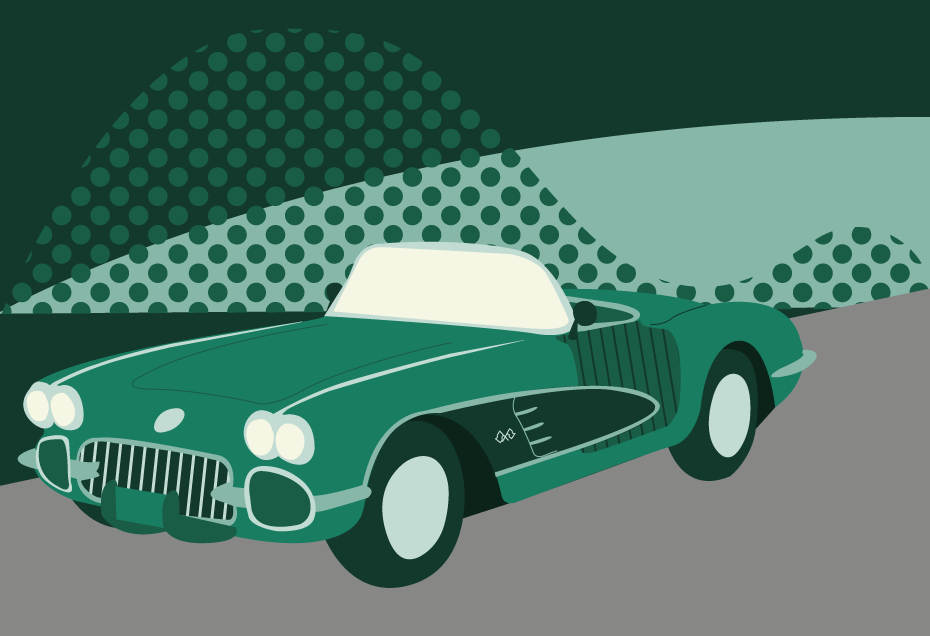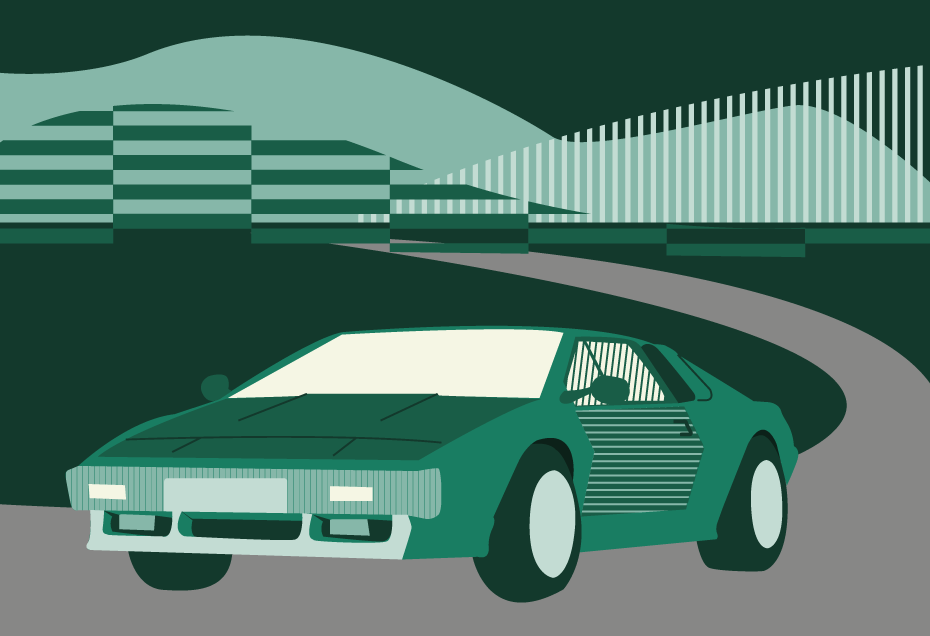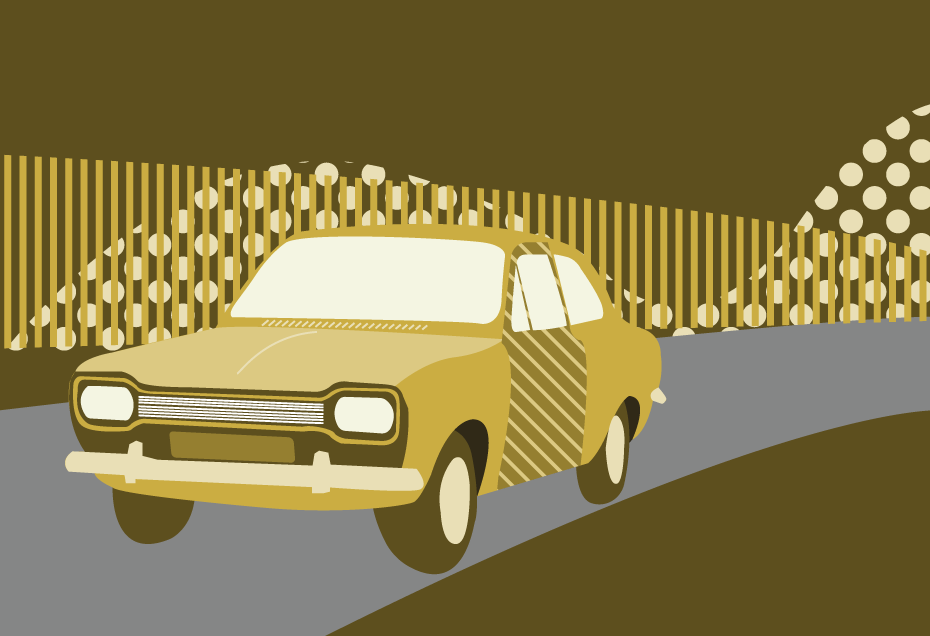Exploring the World’s Cult Classic Cars
If you wanted a true two-seater sports car in early 1950s America, you had little option but to plump for a Porsche, a Jaguar or a Ferrari. In other words, foreign imports - anathema to many proud Americans. So when General Motors design chief Harley Earl decided there really needed to be a world-class US-built sports car, work on “Project
Can’t afford an E-Type or an F-Type, but love the looks and lusting after a sporty big cat? Well, you’d be well advised to take a closer look at the bargain priced Jaguar XK8, produced for 10 years from 1996 as a successor to the much-maligned XJS. Get the low-down on this beautifully sculpted sporty grand tourer.
The 1960s was a golden age for the great British sports car - from the E-Type and the Aston Martin DB5 at the luxury end to the Triumph Spitfire and MGB for those on a comparative budget. But the Lotus Elan, which encapsulated the racing ideals of the legendary Colin Chapman, was arguably the closest you could get at the
From sedate supermini to pocket rocket, the Renault 5 was loved by everyone from shoppers and commuters to boy racers throughout its 24-year life. Now, as good examples become scarce, prices are on the rise and the cult classic looks as funky as it ever did.
When it first appeared a scarcely believable 40-plus years ago, the TR7 caused a stir among the motoring press - its wedge shape dividing opinion between modernists and traditionalists. Its design was a world away from the more traditional British sportscar shape of the 1969 TR6 it replaced, round headlights and wood interior giving way to a wedge shape with
For it marked the point at which a world-famous specialist car-maker from a tiny Norfolk village truly started to compete with the likes of Ferrari and Lamborghini - and it still looks sensational today, 40 years after Colin Chapman gave the green light to its production
Between 1964 and 1971 the Austin 1100 or 1300 - in one of their many guises - were Britain’s biggest-selling cars every year, apart from 1967 when the Ford Cortina took the top spot. Now the car that was so common on our roads is a rare sight, thanks to that enemy of the British car industry at the time
The Ford Escort could be all things to all people - a trusty commuter trundler, a cheap family runabout, an ideal first car, or a souped-up pocket rocket. Replacing the ageing Anglia in 1968, the Escort (cost new £679) proved an immediate sales success, despite lacking innovation, its gently curving shape pre-dating the “Coke-bottle” Cortina by two years.
The Hillman Imp - lovingly and appropriately nicknamed the Little Devil - is now more than 50 years old. We take a look at this quirky and innovative would-be Mini rival, flaws and all. The Imp was a direct result of the 1956 Suez oil crisis, as car manufacturers scrambled to produce lighter, smaller cars that used less fuel.
The Triumph Herald was a car that nearly didn’t get built at all. Manufacturer Standard-Triumph was stuck for a car body supplier to provide the shell for the new car’s unitary construction. And but for chief engineer Harry Webster’s decision to attach individual panels to the chassis, the ultimately popular Herald may never have seen the light of day.











